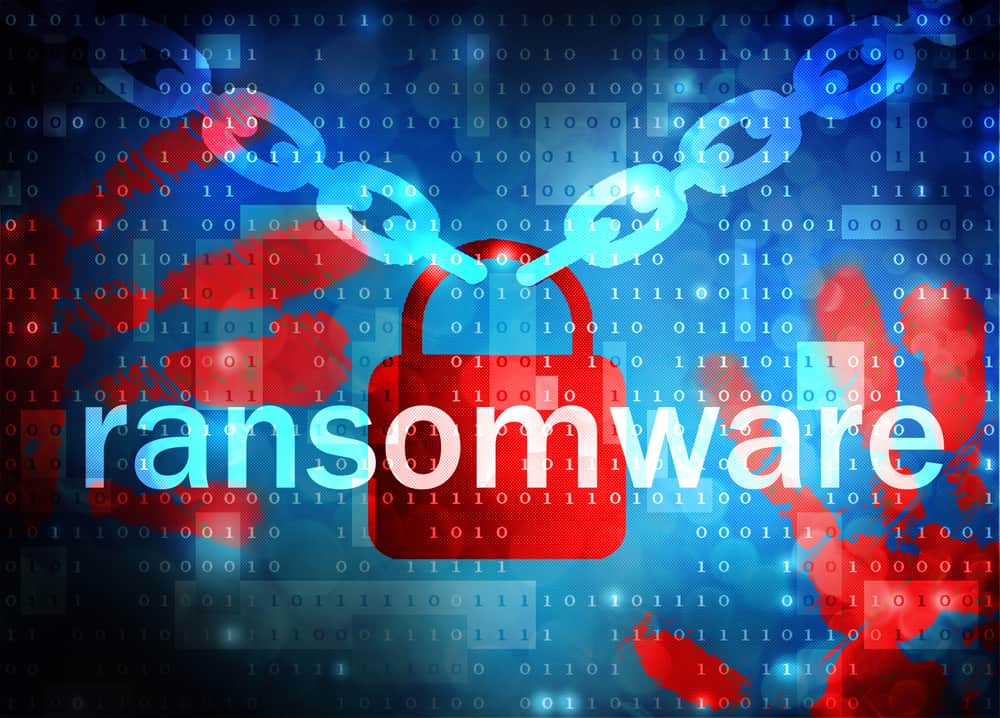Three key security trends for 2022
A turbulent year in terms of cyber security is coming to an end: the number of new malware variants alone increased by 22 percent. But what do companies need to prepare for in 2022?

IT security specialist Cybereason sees three key trends for 2022:
Trend #1: Ransomware crime reaches new dimension
Ransomware as such is not a new trend - but it will certainly have a decisive impact on the next year. Because what is new is the approach that hackers are taking with regard to the extortion software. Instead of guerrilla actions by individual small groups who spread their malware as widely as possible, criminal tactics are evolving. Cartels are now forming that make ransomware an element of large-scale attack strategies. These are referred to as so-called RansomOps.
RansomOps are different from classic ransomware attacks. Whereas ransomware attackers previously often acted directly after penetrating corporate networks, they now take an approach in which companies are infiltrated over the long term. After the malware makes it into the network, it initially behaves inconspicuously, gathering information about the valuable data and digital infrastructure. Only when companies discover these comparatively inconspicuous behavior patterns, for example with the help of Indicators of Behavior (IOBs)they can successfully defend their network against these attacks.
Trend #2: Supply chains multiply vulnerabilities
Nearly all companies today have a widespread and sophisticated supply chain. Cybercriminals take advantage of this by targeting individual links in these supply chains and then spreading their attacks to all companies in the supply chain. The results of the Cybereason research on DeadRinger and GhostShell were already indicative of this strategy this year. Attackers targeted telecommunications companies whose networks then served as doorways into the digital infrastructure of other companies. These attacks were only a means to an end. Instead of infiltrating 100 individual companies, it is enough to hack one company. This also shows that cyber criminals are thinking in terms of ever larger structures and are more frequently pursuing long-term strategies. This development will continue. Companies need to be aware of this - especially those with a large-scale supply chain and many interfaces with subcontractors.
Trend #3: Cyber criminals and states cooperate
It is a truism that the wars of the future will increasingly be fought on battlefields in cyberspace. What is interesting, however, is that state actors have also increasingly targeted private companies in the past year. These often have control over a state's critical infrastructure, for example in oil production or food production. So it is only logical that they are targeted in interstate conflicts. Cyber criminals and states are increasingly cooperating with each other in this regard. While criminals act out of financial incentive, states focus on geopolitical interests. This trend will continue in 2022, especially as conflicts between states intensify.
Preparation is half the battle
"Cybercriminals' approaches will continue to advance in 2022. Hardly anywhere else is change as rapid and ubiquitous as in the world of cybersecurity. It is therefore essential for the security of companies that they continue to develop here and always remain up to date," Frank Kölmel, Vice President Central Europe at Cybereason, looks ahead. "Only those who know the methods and strategies of hackers and prepare their companies accordingly will be able to protect themselves effectively against cyber attacks in 2022."
Source: Cybereason
discover security vulnerabilities
The trade association Suissedigital launched a bug bounty program for its members together with the IT security company FortIT about six months ago. Under the programme, hackers are rewarded with a bounty if they discover security gaps in the IT system or in IT services offered (e.g. Internet, TV or telephony services).
The telecommunications company net+ (www.netplus.ch) was the first association member to get involved in the programme, according to Suissedigital. After evaluating the first experiences during a pilot, the company draws a positive conclusion: "The bug bounty programme works excellently. We have been able to discover and eliminate a number of weak points. This benefits our customers, but also us as a company and our partner networks," says Jean-Blaise Rey, Head of Applications at net+. The company is so satisfied with the programme that it intends to switch from the pilot to a regular model in 2022, according to Suissedigital.
Further information:
To the bug bounty program: https://bugbountyhub.com/de-ch
To the online test "Security Check https://securitycheck.suissedigital.ch









